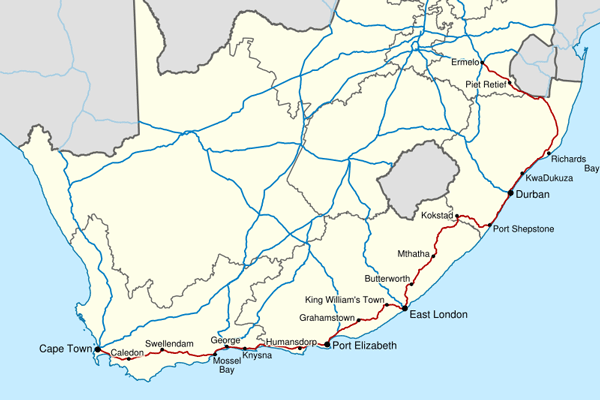Spin-offs will include employment, Eco-tourism and economic development.

The construction contracts on the green-fields portion of the new N2 Wild Coast route are projected to spend over R400-million in wages and create approximately 8 000 direct jobs from the main contractors.
With almost R3-billion projected to be spent on SMME suppliers and sub-contractors as well as the turnover effect of wages, a huge boost in indirect jobs in the local region can be expected.
The new route will bring:
- Regional economic development
- Significantly faster delivery times and lower transportation costs between KZN and EC;
- Shorter and flatter route will result in a 1½ to 3 hours saving in travel time, particularly for heavy vehicles;
- About R1.55-billion per year in time cost savings to the economy.
- Local economic development
- Positive impact on the local economies of Port St Johns, Lusikisiki and Mzamba, as well as Flagstaff, Bizana and Holy Cross.
- Major eco-tourism and conventional tourism opportunities
- Over 600 000 additional tourists over 10 years projected;
- Wild Coast will be a viable weekend destination for KZN residents;
- New route will open a potential tour bus or self-drive route from Port Elizabeth to Durban;
- Strict environmental legislation will ensure only a limited number of coastal nodes can be developed commercially and will ensure that the Wild Coast will remain ‘wild’;
- The two mega bridges, particularly the Msikaba cable stay bridge, will be tourist attractions in their own right. A tourism visitors centre is planned for the Msikaba bridge;
- The numerous spectacular waterfalls between PSJ and Port Edward can be developed into a ‘waterfall route’.
- Local socio-economic development
- Improved access to healthcare, education and other social and economic opportunities;
- Improved access to agriculture and other local economic activities.

